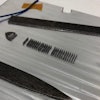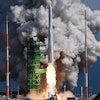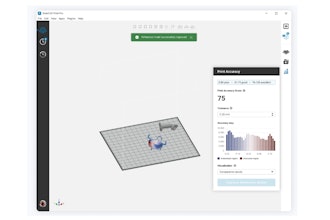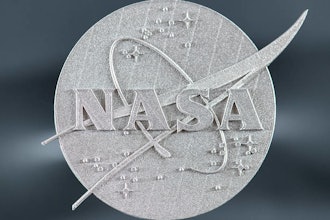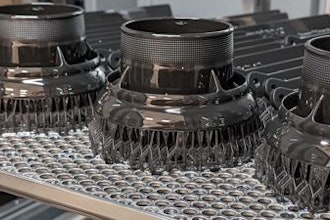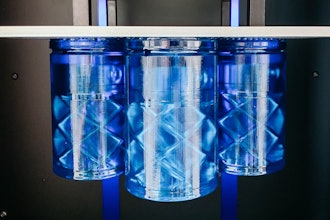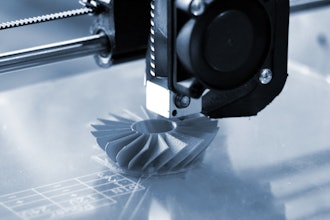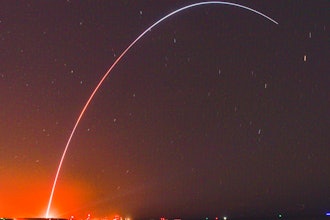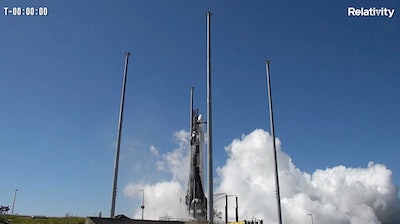
CAPE CANAVERAL, Fla. (AP) — A rocket made almost completely of 3D-printed parts came within a half-second of blasting off Saturday on its debut flight, but remained grounded after back-to-back launch aborts.
The engines ignited, but abruptly shut down, leaving Relativity Space's rocket, named Terran, standing on its pad.
Launch controllers reset the countdown clocks and aimed for the last possible moment of the three-hour window at Cape Canaveral Space Force Station. But once again, on-board flight computers halted the countdown, this time with 45 seconds remaining.
Relativity Space blamed the afternoon's first problem on automation software and the second on low fuel pressure.
The first launch attempt, on Wednesday, was aborted at the one-minute mark because of a bad valve.
There was no immediate word on when the company might try again.
At 110 feet (33 meters), the rocket is relatively small. Relativity Space said 85% of the rocket, including its engines, came out of its huge 3D printers at company headquarters in Long Beach, California.
Given this is a test flight, all that is aboard the rocket is the company's first 3D metal print. The company aims to put the souvenir, along with the second stage, into a low, short-lived orbit.

